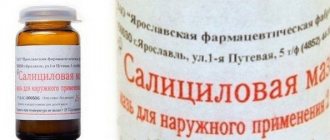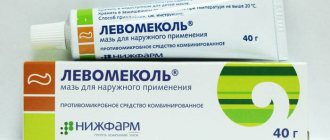Fire extinguishing agents are an integral part of fire safety systems and are designed to extinguish fires. They help to quickly and effectively deal with fire and prevent its spread. Depending on the type of fire and its scale, different types of fire extinguishing agents are used.
One of the most common and widely used fire extinguishing means is fire extinguishers. They are portable devices containing extinguishing agent and compressed gas that, when activated, help extinguish a fire. Fire extinguishers come in different types, depending on the extinguishing agent: powder, gas, carbon dioxide and water.
Powder fire extinguishers are typically used to extinguish Class A, B and C fires (solids, liquids and gases). They contain a special powder, which, when it comes into contact with a fire source, delays the chain reaction of combustion.
Gas and carbon dioxide fire extinguishers are most often used to extinguish fires of classes B and C (liquid and gaseous substances). Gas fire extinguishers contain compressed gas that, when released from the extinguisher, cools and blows out the fire. Carbon dioxide fire extinguishers operate on the principle of displacing oxygen, which leads to extinguishing the fire.
Water fire extinguishers are used to extinguish class A fires (solids). They contain water, which is released under pressure from the fire extinguisher and floods the source of ignition.
fire extinguishing means are also used , such as fire hydrants, foam generators and automatic fire extinguishing systems. All these means have their own characteristics and are used depending on the specifics of the room or object, as well as the requirements of fire and safety regulations.










